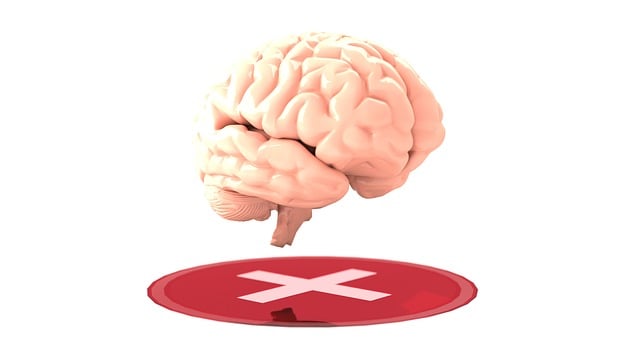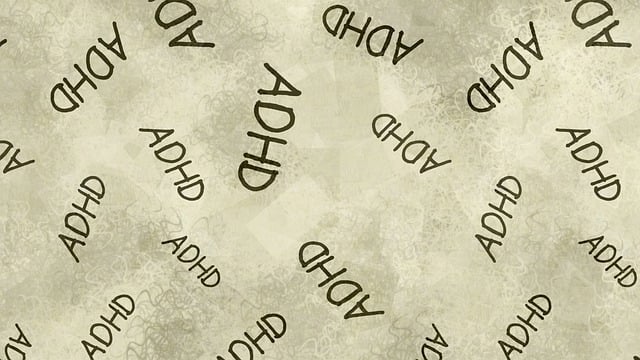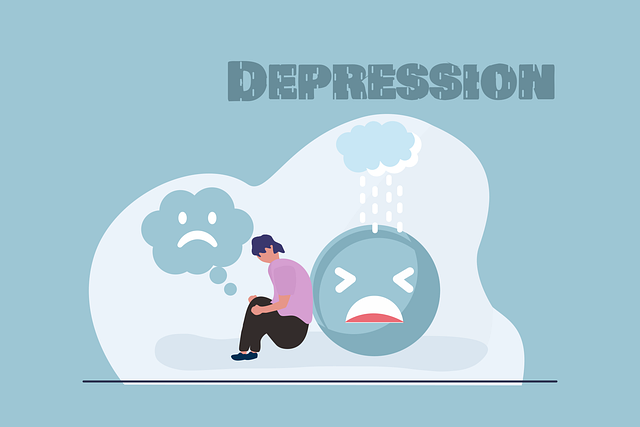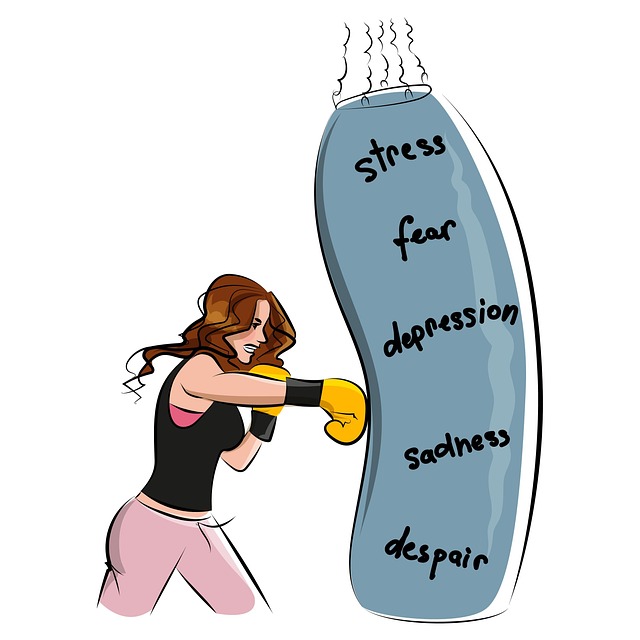Northglenn Hypnosis Therapy places paramount importance on client safety and treatment effectiveness through rigorous risk assessment and management. Therapists thoroughly evaluate client history, emotional states, and environmental factors to predict and mitigate potential risks. This process aligns with the Mental Health Policy Analysis framework, leading to tailored harm minimization plans like burnout prevention strategies for therapists. Risk Management Planning strengthens this approach by fostering a safe environment, incorporating cultural sensitivity training, and utilizing mindfulness meditation techniques to enhance client coping mechanisms. Regular updates based on research and best practices ensure Northglenn Hypnosis Therapy maintains reliable, effective care for all clients.
In the realm of Northglenn Hypnosis Therapy, risk assessment and harm minimization planning are paramount for ensuring client safety and fostering a secure therapeutic environment. This article delves into these crucial components, offering insights on understanding risk assessment in the context of local hypnosis practices, identifying key elements of comprehensive harm minimization planning, and implementing effective strategies for safe and monitored therapy sessions. By exploring these aspects, therapists can enhance their practices and provide the best care possible.
- Understanding Risk Assessment in Northglenn Hypnosis Therapy
- Key Components of Harm Minimization Planning
- Implementing and Monitoring Strategies for Safe Practice
Understanding Risk Assessment in Northglenn Hypnosis Therapy

In Northglenn Hypnosis Therapy, risk assessment is a foundational step in ensuring client safety and effective treatment. It involves meticulously evaluating potential hazards and their likelihood within the therapeutic context. Therapists consider various factors, such as client history, emotional states, and environmental influences, to predict and mitigate risks associated with hypnosis sessions. This proactive approach aligns with the broader Mental Health Policy Analysis and Advocacy framework, emphasizing the importance of protecting clients while promoting healing.
Effective risk assessment in Northglenn Hypnosis Therapy not only identifies potential harms but also guides the development of tailored harm minimization plans. These plans include Burnout Prevention Strategies for Healthcare Providers, ensuring therapists maintain their well-being to deliver consistent care. Risk Management Planning for Mental Health Professionals is integral to this process, as it enables therapists to anticipate and address risks promptly, fostering a safe and supportive environment for clients to embark on their journey towards improved mental health.
Key Components of Harm Minimization Planning

Harm Minimization Planning is a proactive approach to ensuring Northglenn Hypnosis Therapy’s safety and effectiveness. The key components involve a comprehensive risk assessment that identifies potential hazards within the therapeutic environment, client demographics, and treatment modalities. This includes evaluating physical risks in the therapy room, considering cultural sensitivities in mental healthcare practice, and understanding the psychological implications of various interventions.
Once identified, these risks are meticulously analyzed for likelihood and potential impact. Effective harm minimization strategies then emerge from this analysis, encompassing tailored communication strategies that educate clients about risks and benefits. Mindfulness Meditation techniques may be integrated to enhance client coping mechanisms, while ongoing training in cultural sensitivity ensures practitioners remain adept at navigating diverse client backgrounds, fostering a safe and inclusive space for all individuals seeking Northglenn Hypnosis Therapy services.
Implementing and Monitoring Strategies for Safe Practice

Implementing strategies for safe practice is a cornerstone of responsible Northglenn Hypnosis Therapy. This involves establishing clear protocols and procedures to ensure client safety during every session. Therapists should regularly review and update their risk assessment techniques, taking into account new research and best practices in the field. By maintaining rigorous standards, therapists can confidently manage potential risks while fostering a secure environment for clients.
Monitoring strategies play a vital role in harm minimization. Regular check-ins with clients allow therapists to assess progress, identify any emerging issues, and make necessary adjustments to treatment plans. Moreover, integrating public awareness campaigns development and mental wellness coaching programs can further enhance client outcomes. These proactive measures contribute to the overall goal of depression prevention, ensuring that Northglenn Hypnosis Therapy remains a reliable and effective approach to promoting mental wellness.
In the context of Northglenn Hypnosis Therapy, understanding risk assessment and implementing harm minimization planning are paramount. By integrating these strategies, practitioners can ensure safe therapeutic environments. This includes a thorough grasp of potential risks and their mitigation, as well as ongoing monitoring to adapt practices as needed. Adhering to these principles not only protects clients but also strengthens the integrity of Northglenn Hypnosis Therapy as a whole.














